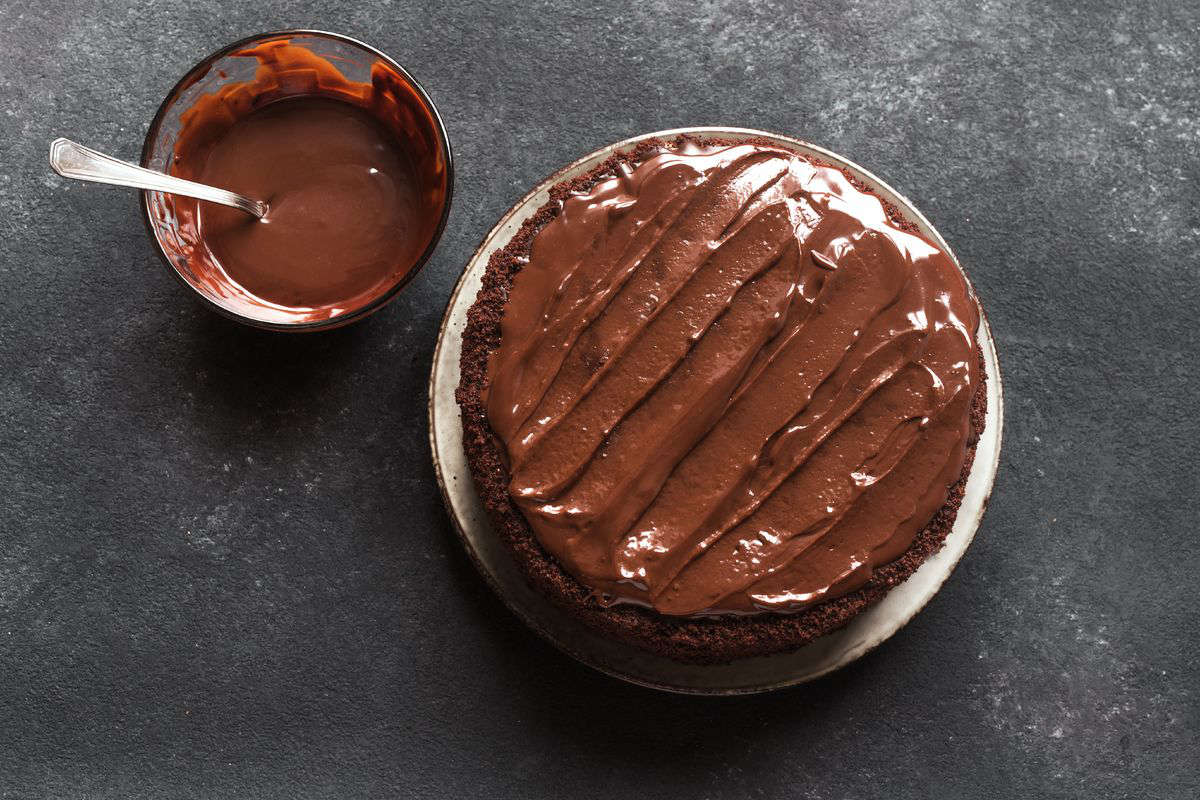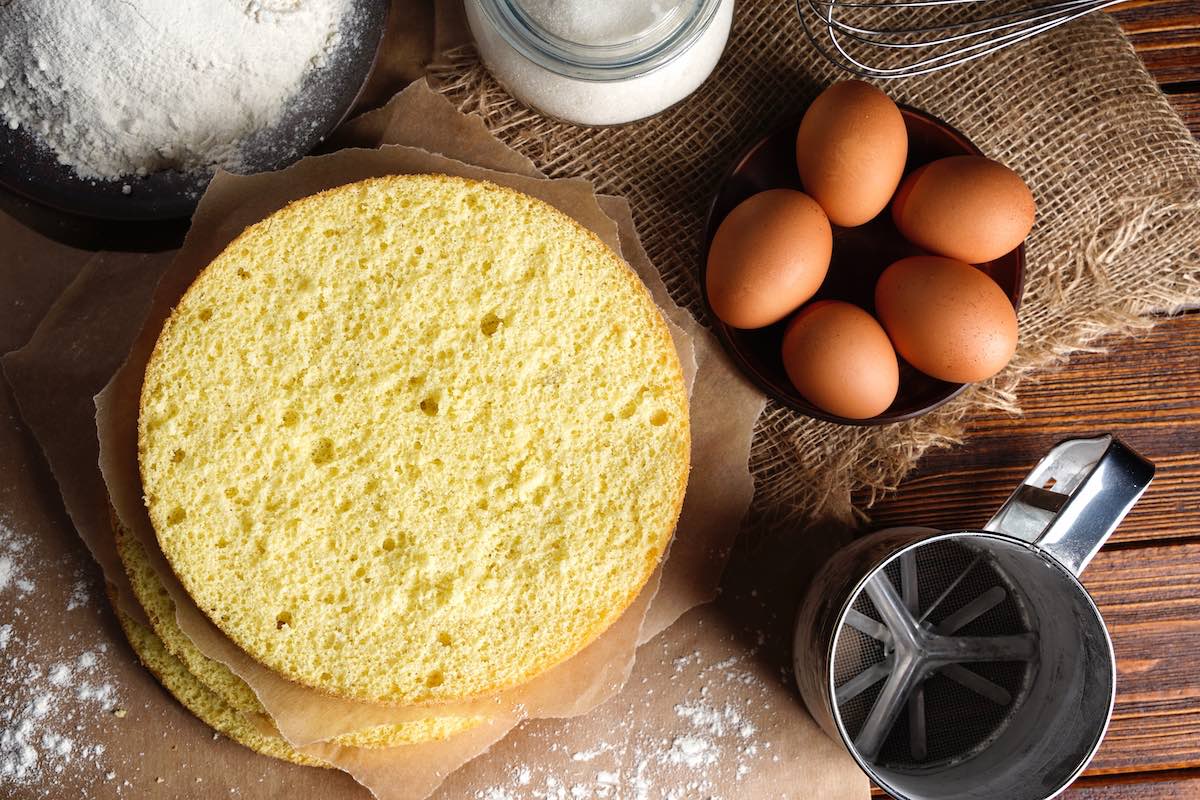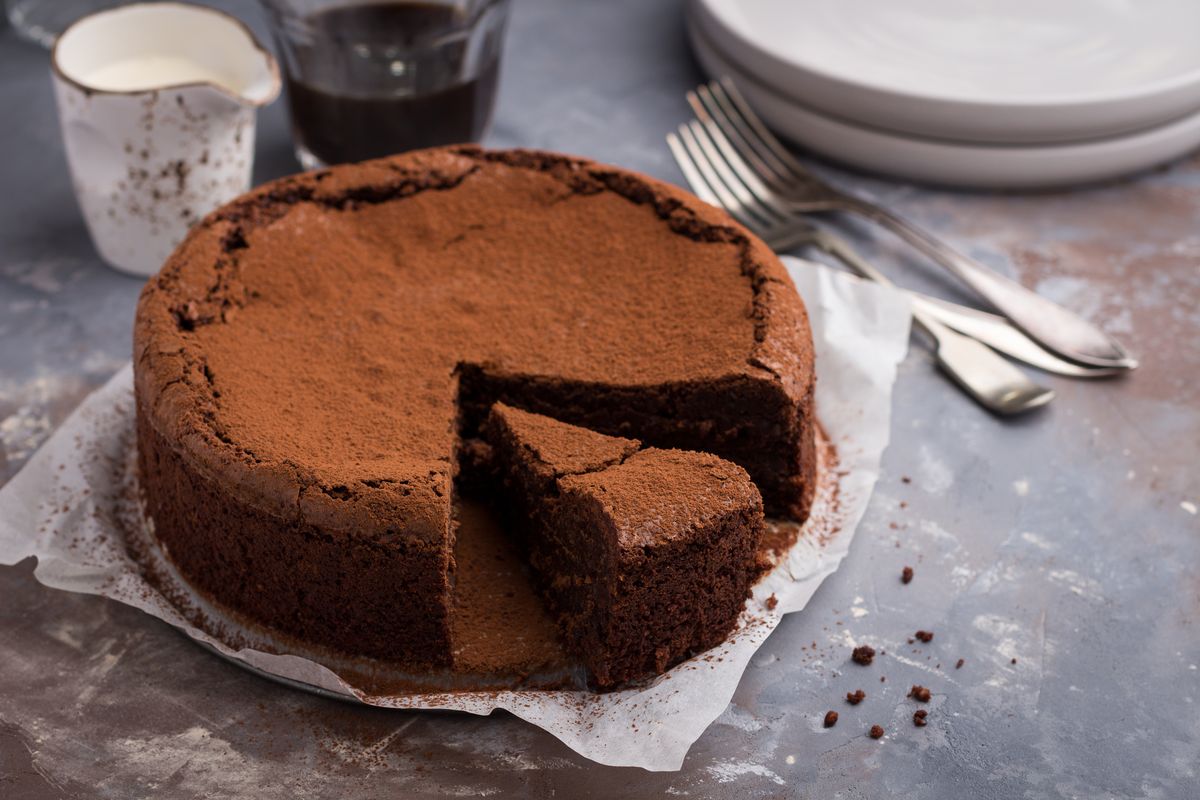Recipes
Savoy cake


The Savoy cake, with its 5 layers of biscuit dough alternating with chocolate cream, is a typical Sicilian chocolate cake.
When we talk about chocolate cakes it is impossible not to remember the Savoy cake, a triumph of sweetness with layers of biscuit dough alternating with three different chocolate fillings all covered with a chocolate icing. Difficult to prepare? Absolutely not, all it takes is a little organization and you will have a perfect dessert even for more important occasions .
Also called "Italian Sacher" due to the chocolate writing that is usually placed on the surface, it is also known by the names of Savoy cake or Savoy cake. However, the name doesn't matter, what matters is that you get to the stove as soon as possible to try it!

Ingredients
For the biscuit dough
- Eggs – 5
- Flour – 90 g
- Corn starch – 50 g
- Sugar – 150
For the chocolate cream
- Dark chocolate – 250 g
- White chocolate – 25 g
- Milk chocolate – 200 g
- Powdered sugar – 25 g
- Bitter cocoa – 25 g
- Hazelnut flour – 80 g
- Milk – 150 ml
- Butter – 60 g
For the bath
- Water – 200 ml
- Rum – 30 ml
- Sugar – 90 g
For the icing
- Dark chocolate – 300 g
- Cocoa butter (or traditional) – 50 g
Preparation
How to prepare the Savoy Cake recipe
First prepare the biscuit dough . Using an electric whisk or a planetary mixer fitted with a wire whisk, whip the eggs with the sugar until they are light and fluffy.
Add the sifted flour with the corn starch , mixing gently from bottom to top so as not to dismantle the mixture.
Then pour it onto two baking trays (trays are fine) lined with baking paper and level the surface. Cook at 180°C for 12 minutes , one tray at a time.
In the meantime, melt the three types of chocolate in a bain-marie. Then put them together in a bowl and add in this order: hazelnut flour , icing sugar , cocoa , milk and butter at room temperature. Mix until you obtain a homogeneous cream. Let it harden for at least 30 minutes in the refrigerator.
Also prepare the syrup by dissolving the sugar in the water and adding the rum . Bring to the boil then turn off.
Cut 5 discs from the biscuit dough, all of the same size. You can use a plate or a special ring. They should approximately be 18-20 cm . If you can't get 5 whole ones, build the last one by joining two halves (placed in the center of the cake it won't cause any problems).
Place the first on a serving plate, brush it with the syrup and cover with a layer of cream. For convenience you can also transfer it into a pastry bag with a smooth nozzle. Continue like this until the last layer of biscuit dough soaked in the rum syrup.
Melt the dark chocolate for the covering with the cocoa butter (traditional), then use the icing to cover the cake. Make sure it drips well on the edges too. Once cold you can serve it by decorating the surface as you like with the writing Savoia.
To show you how the layers come out we also found a video . As you can see, some do not use the three chocolates for the filling, preferring ready-made products such as chocolate cream and hazelnut paste. We have found our most genuine version and for this reason we recommend you try it like this.
The Savoys were truly gourmets. Do you know what King Vittorio Emanuele's favorite dish was? Pasta alla Vittorio Emanuele , a true triumph of flavours!
Conservation
The Savoy dessert can be kept for 2-3 days in the refrigerator . Better to store it in an airtight container or inside the appropriate sweet bell.
Savoy cake: history and origin
You're probably wondering why this dessert is called that. As always when it comes to tradition, the origins are rather uncertain. The most accredited hypothesis is that it was prepared for the first time by the Benedictine nuns of Catania to celebrate the annexation of Sicily to the Kingdom of Italy in 1860. Others maintain that it was a pastry chef from Palermo who created it for the first time, but always to celebrate a royal family visit to the city.
Originally the dessert was made only with Piedmontese hazelnuts in honor of the royal family. It was therefore a preparation intended only for the wealthier classes given the presence of such a valuable ingredient. Today the cultivation of hazelnuts is widespread, like other types of dried fruit, throughout the island and this has certainly contributed to a more widespread diffusion of the dessert.
Riproduzione riservata © - WT












